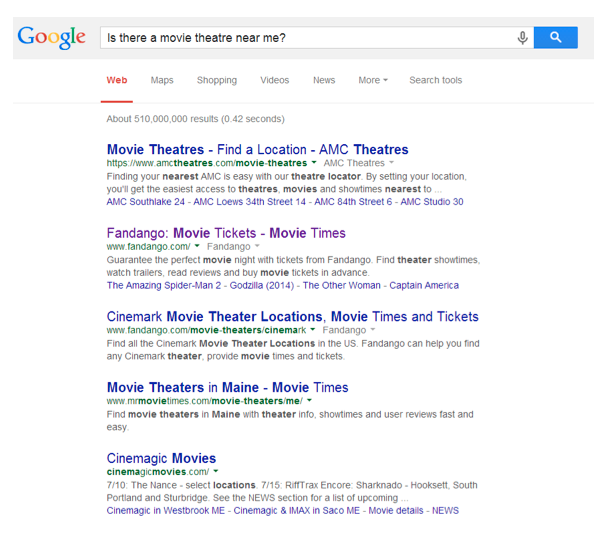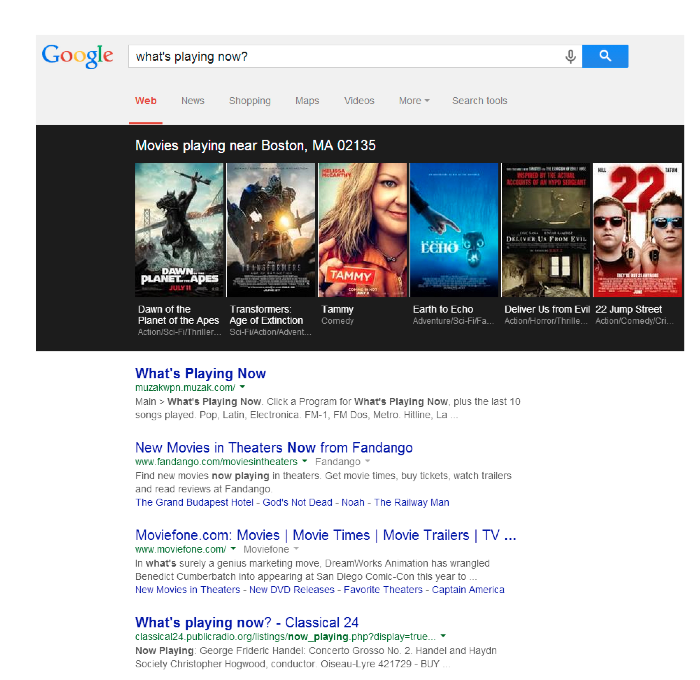Enhance SEO by Considering Buyer Lexicon and Intent
To make the most of new search engine algorithms like Google’s Hummingbird, demand creation professionals must understand the lexicon of their target audience.
An important part of buyer persona definition and messaging is getting the lexicon right. Understanding the needs, motivators and initiatives of your buyers, and, by extension, understanding the lexicon they use to ask questions, are equally as important to driving relevant interaction.
All search engines use different algorithms to rank results from pages in their index based on the information provided in a search query. For demand creation professionals, understanding lexicon is crucial to leveraging these algorithms for search engine optimization (SEO) efforts. Google recently changed the game by entirely replacing its existing search algorithm with a new algorithm known as Hummingbird.
What makes the Google Hummingbird algorithm different? Among several enhancements, one of the biggest changes for search marketers is known as “conversational search,” which allows users to query using the same language they would use to ask a question. Conversational search looks at the entire phrase, instead of just keywords, to extrapolate the context of the search and produce a real-time answer. Hummingbird’s goal is to use semantic analysis to glean the user’s intent for the search and produce results that align with that intent. Let’s look at an example:
In the past, if I wanted to locate a movie theatre near my house, I would select a couple of keywords to accomplish the search:

Let’s see what happens when I change my search query to be more conversational. I’ll remove the explicit location from the search and clarify my intent by adding “near me?”

While my search results aren’t specific to Brookline, MA, the pages ranked highest are locator pages, which indicates that Hummingbird understood my intent – to find a theatre closest to my current location. Look at what happens when I clear my two movie searches and simply query “what’s playing now?”

In the past, “what’s playing now?” as a collection of search terms would be too generic to return any relevant results. However, the context of my search was understood, and Google was able to rank movie show times first.
Search terms, on their own, are still important, but conversational search puts more of an onus on B2B marketers to offer value-add content in the context of the buyer’s business plan. Understanding the lexicon buyers use and leveraging that lexicon in your own content will help you rank higher, making you more discoverable to buyers in the educational phases of the buying process.
Here’s another example: The other day, my two sisters were having a riveting conversation about the benefits and drawbacks of soapstone as a countertop material. Having never taken part in a home renovation, I saw this as an opportunity to self-educate. Let’s see how the Google Hummingbird algorithm can help:
Notice how the phrasing of my search indicated my intent: That I need to educate myself and make a comparison between different types of countertop material. The results aligned perfectly with that intent. I decided to compare my conversational query with one that didn’t describe my intent:
The difference is pretty easy to see: Lots of sponsored results (for marble and granite). If I scroll down further, I see vendor pages for particular types of countertops (e.g. quartz, prefabricated, more granite), but nothing that appeals to the intent of the search – to become more educated about the spectrum of countertop options available, and the advantages and disadvantages of each. This situation describes the disadvantage of relying exclusively on search terms in isolation without considering the user’s desired outcome of the search.
Using buyer lexicon plays a role in conversational search by recognizing intent, as well as where users are in the buying process. If you are a vendor leveraging SEO as an inbound marketing tactic, consider your buyers’ use of conversational search, phrased in their unique lexicon, as an indicator of their motivators, initiatives and where they are in the buying process. This will help you align value-add content to the intent of the search, not just the keywords in isolation.